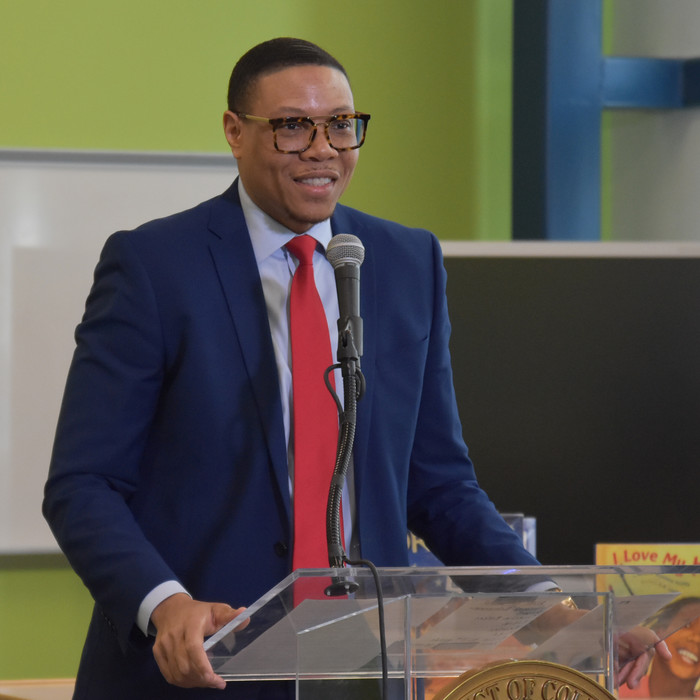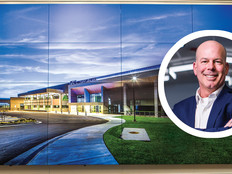Community Backing Adds Needed Support
DCPS isn’t the only U.S. school district that put a multiyear plan in place to connect students with top-notch personal technology well before the COVID-19 pandemic forced them into virtual learning. But the robust structure of ELi — and the comprehensive sweep of DCPS’ strategic plan — provides a roadmap that other school districts could follow.
It was a costly proposition and the backing of the community made all the difference, says Cole.
Cherokee County School District in Georgia enjoyed similar community support when it shifted several years ago from a federally funded, state-approved technology plan to a modernized, ongoing version. The plan gets an annual update, with community input, to keep up with technological innovation, says Bobby Blount, the district’s CIO.
“Our community embraces the idea of students being exposed to technology and attaining skills that will prepare them for future opportunities,” says Blount. His district is close to the booming tech industry of Atlanta, with myriad career options for students.
“Ensuring our students can compete for those opportunities, as well as those within our own community, is paramount to their success and to the community as well,” he says. “When you have a community that understands this and a school board and superintendent who embrace and promote this, documenting the vision becomes an easy task.”
DISCOVER: How did these school districts successfully navigate hybrid learning?
Put the Program to the Test
DCPS took the ELi concept on a couple of trial runs: first in three middle schools, then with a full-fledged pilot at five middle schools in the 2017-2018 school year. Every student in those pilot schools received a laptop, though they couldn’t take the devices home.
The pilot program proved crucial to the success of the initiative, Cole and Verrani say. During the pilot, they received feedback from school leaders and teachers, conducted focus groups and let principals set their schools’ goals. Substantial increases in test scores at those schools signaled that they were on the right track, Cole says.
“If you have the luxury of doing it, you will learn so much from these smaller pilots at a handful of schools,” says Verrani.
The Build Out Begins with Restructured Internet
Before the laptops landed in students’ hands, the DCPS IT team had to make sure the schools’ networks could handle the influx of devices. They built new infrastructure with Wi-Fi access points and high-speed internet.
Verrani and Cole knew they needed to beef up tech support and professional development for teachers so they could make the best use of the technology. They helped each school create a site plan, addressing everything from charging the devices overnight to moving them from classroom to classroom.
DCPS worked with CDW to find the best deal for the devices and to determine how to apply them to meet the district’s needs. “They helped us design this logistical model that really worked for the district, from how to get the devices, to imaging them, to quality control, to distribution to the schools,” says Verrani. “They were there with us along the way.”
KEEP READING: Computer science education at Aberdeen High propels growth and equity.
The Pandemic Pushes Plans into Motion
Last year, DCPS officially launched ELi, with the first wave of students receiving their Microsoft Surface Go devices in February. The next month, the district shuttered every school in response to the coronavirus pandemic.
The devices had reached just the third, sixth and ninth grades in about half of the district’s schools at that point. Suddenly, every DCPS student needed a way to access their classrooms from home.











